For businessmen in the detergent, field, the most efficient and economical way is to use 50 gallon drum when buying in bulk from distributors that are selling laundry, dishwashing, and other detergents. Most people think bar soap and detergent are essentially the same things since they both wash and clean things. Soap is generated from natural fats, while detergents are petroleum-based manufactured chemicals. Since detergents are much simpler to rinse away than soap, they are more effective cleansers that don’t create a ring of “scum” around your sink or bathtub. There are different types of detergents: The best option for stain removal is biological detergent because it has enzymes that increase cleaning power. White objects are brilliantly brightened by it, while colored clothing tends to fade more quickly. Additionally, it shouldn’t be applied to delicate fabrics like silk or wool.
detergent that is color-safe In order to assist stop colors from fading, these detergents include specially formulated color defenders. These should still be effective in removing stains because they often contain enzymes, but not for maintaining really white teeth. delicates-safe detergent There are no enzymes, brighteners, or bleaching chemicals in these detergents. Because they are gentler than regular detergents, they are best used on delicate textiles like wool and silk. Detergent without bacteria Non-bio has no enzymes and is thus less likely to irritate persons with sensitive skin, making it a perfect alternative. Non-bio often lacks flavors and colorings for the same reason. However, non-bio tends to be less successful in stain removal than top liquid detergent because it lacks enzymes.
distributors of bulk drum laundry detergent
With years of experience, we are considered one of the main distributors of bulk drum laundry detergent in the region. By inactivating the minerals that produce hard water, builders are employed to improve cleaning power. In protein-based stains like blood and egg, enzymes break down the amino acids to make them easier to remove. The use of fabric conditioners makes materials feel softer and fluffier while reducing friction and static. The whiteness of textiles is improved with optical brighteners. In order to deceive the sight into believing the cleaned clothes is brighter, they skillfully reflect light. Polymers aid in the capture and retention of dirt and dyes and assist to keep them from being redeposited on garments. A product’s shelf life is extended with preservatives. In order to stop liquid detergent from separating while being stored, solvents are utilized. Stabilizers contribute to the preservation of the product’s enzymes, bleach, and suds-making capacity.
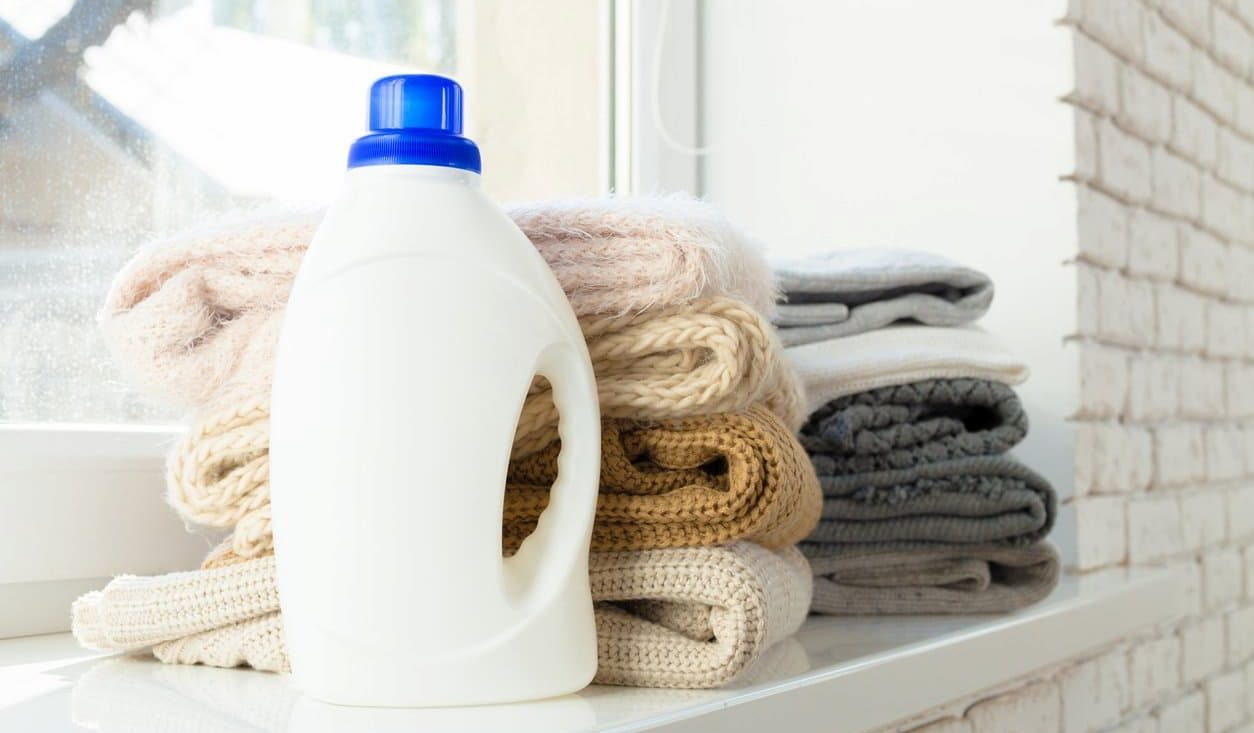 Biodegradable laundry detergents
Biodegradable laundry detergents
Surfactants improve water’s capacity to moisten surfaces, loosen and remove dirt, and then dissolve, emulsify, or suspend it in the wash solution until it is washed away. This is how they perform the majority of the cleaning activity. All types of detergents can be a good fit for bulk packing when transferring or storing. The engineering and design of the IBC model have a number of benefits: Due to their cubic shape, they can carry a lot more material in the same footprint as cylindrical containers and much more than what could be delivered in the same area if packing in consumer quantities were used. Composite IBCs are lined with plastic, which may be inserted into and removed from a variety of systems. The producer or processor of a product may bulk package it in one nation and export it to many others at a fair price, where it is then packed in final consumer form in line with local laws and in a form and language appropriate for that nation. high levels of organization, mobility, and integration. Through single container filling, moving, loading, transportation, and dispensing, logistic and handling deadlines, efficiencies, and capacity may be increased. Given the endurance of IBC building materials, and potential long-term assets. offers a regular and dependable method for handling or storing items.
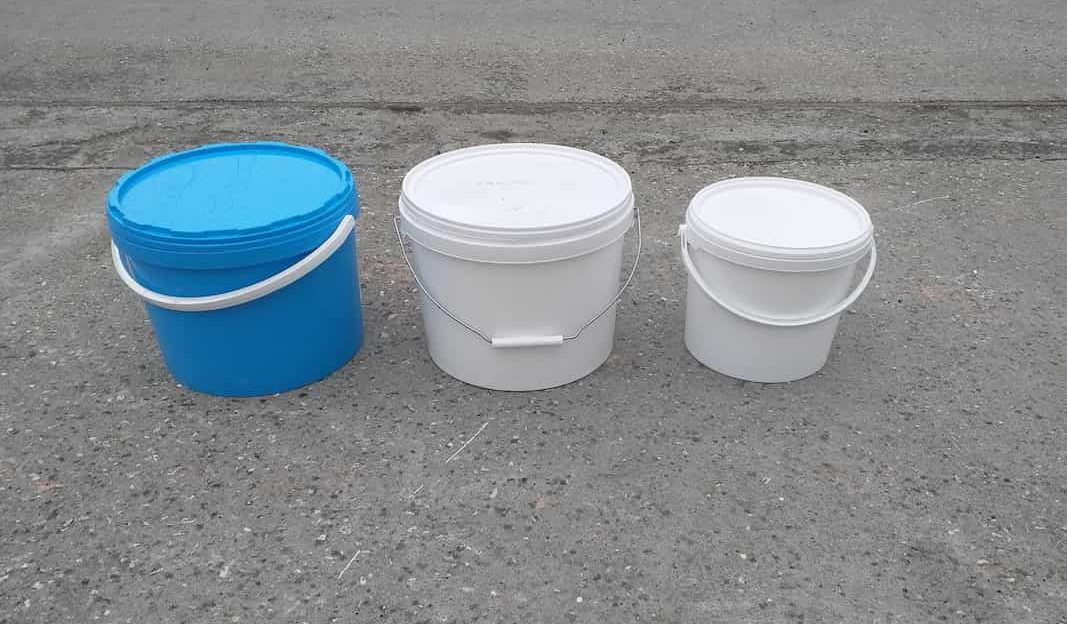 Oxiclean-liquid-laundry-detergent
Oxiclean-liquid-laundry-detergent
50 gallon drum laundry detergent
50 gallon drums are considered in the trading world of powdered laundry detergents from laundry to dishwashing. IBCs, or intermediate bulk containers, are industrial-grade containers designed for the bulk handling, transportation, and storage of liquids, semi-solids, pastes, or solids. They are also referred to as IBC tanks, IBC totes, IBCs, or pallet tanks. Flexible IBCs and rigid IBCs are the two primary types of IBC tanks. Lots of IBCs are recycled or reused. With an integrated pallet base mount that allows for forklift and/or pallet jack movement, rigid intermediate bulk containers are stackable, reusable, and flexible containers. These containers may be created from plastic, metal, or a combination of the two.  The term “intermediate” bulk container refers to the volume range across which rigid IBC design variants are constructed. This volume range is situated between that ordinary shipping drums and intermodal tank containers. IBC totes may be made with a capacity of up to 3 cubic meters (793 US gal) in accordance with Title 49 CFR codes while retaining the “IBC” moniker and its federal shipping and handling licenses. 1,040 and 1,250 liters are often the IBC tank capacities that are utilized (275 and 330 US gal). Standardized shipping containers are known as “intermediate bulk containers” are often UN/DOT-certified for the transport and handling of hazardous and non-hazardous, packing group II and packing group III goods. Numerous IBC totes are produced in accordance with federal, NSF/ANSI, and other standards, and are often IMDG-approved for domestic and international transportation. Additionally, NFPA and UL142 certification criteria are followed in the production of metal alloy IBC tanks in order to accommodate long-term storage of goods with flammable and/or combustible labels.
The term “intermediate” bulk container refers to the volume range across which rigid IBC design variants are constructed. This volume range is situated between that ordinary shipping drums and intermodal tank containers. IBC totes may be made with a capacity of up to 3 cubic meters (793 US gal) in accordance with Title 49 CFR codes while retaining the “IBC” moniker and its federal shipping and handling licenses. 1,040 and 1,250 liters are often the IBC tank capacities that are utilized (275 and 330 US gal). Standardized shipping containers are known as “intermediate bulk containers” are often UN/DOT-certified for the transport and handling of hazardous and non-hazardous, packing group II and packing group III goods. Numerous IBC totes are produced in accordance with federal, NSF/ANSI, and other standards, and are often IMDG-approved for domestic and international transportation. Additionally, NFPA and UL142 certification criteria are followed in the production of metal alloy IBC tanks in order to accommodate long-term storage of goods with flammable and/or combustible labels. 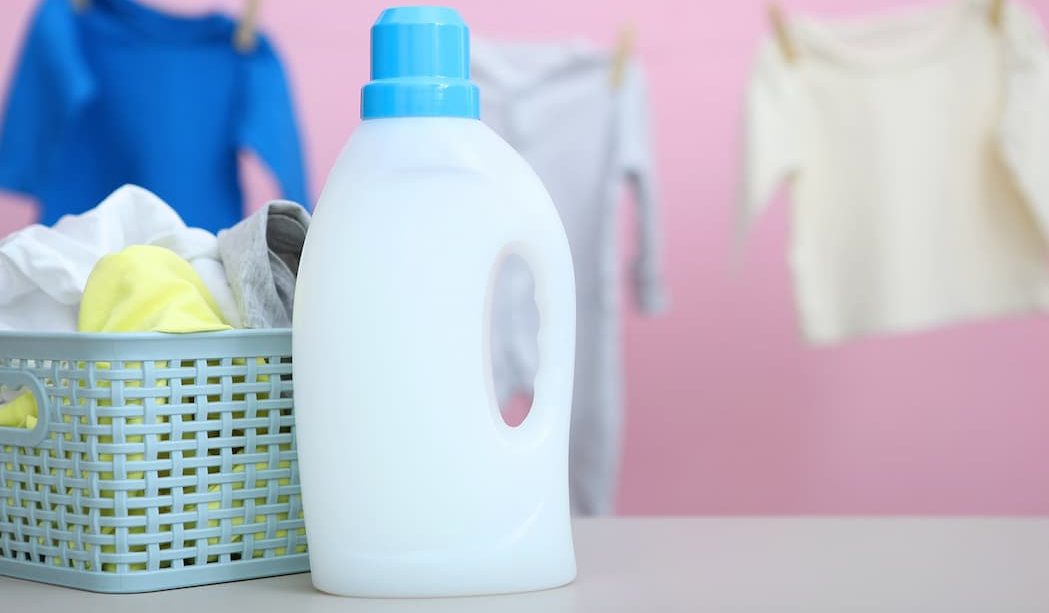 Based on the needs of the application or service the IBC will be used for, intermediate bulk containers may be made from a variety of materials. IBC caged tote containers with a limited number of reuses are the most popular and well-known IBC type. Composite intermediate bulk containers are caged IBC totes, which are typically made of white or translucent plastic (high-density polyethylene) and are enclosed and guarded by a tubular galvanized steel grid. The low cost, broad compatibility, and versatility of caged IBC totes make them widely used. Contact us to buy non ionic detergents in bulk in suitable packings according to your order.
Based on the needs of the application or service the IBC will be used for, intermediate bulk containers may be made from a variety of materials. IBC caged tote containers with a limited number of reuses are the most popular and well-known IBC type. Composite intermediate bulk containers are caged IBC totes, which are typically made of white or translucent plastic (high-density polyethylene) and are enclosed and guarded by a tubular galvanized steel grid. The low cost, broad compatibility, and versatility of caged IBC totes make them widely used. Contact us to buy non ionic detergents in bulk in suitable packings according to your order.

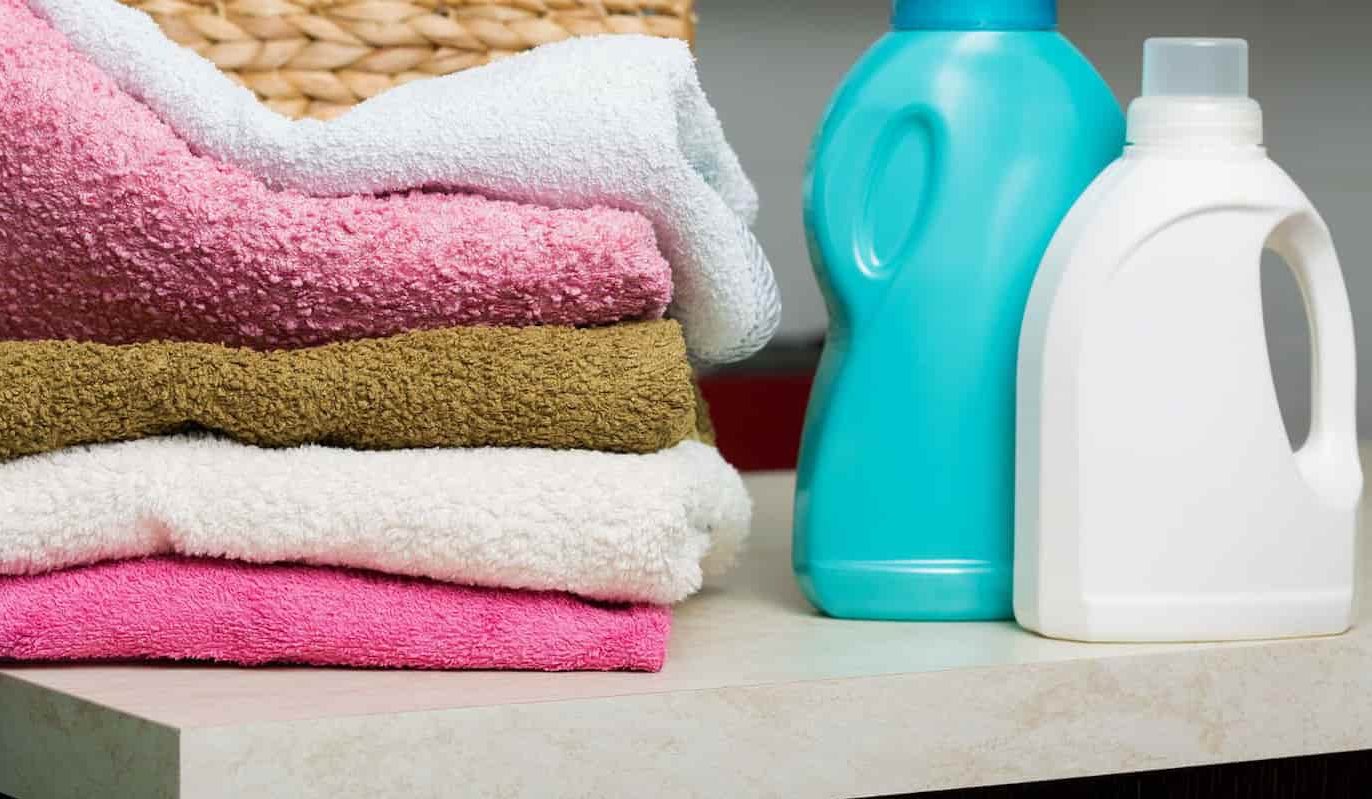

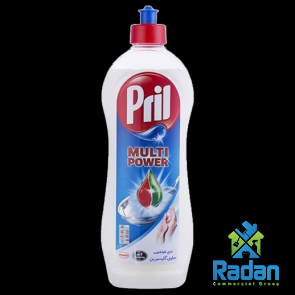
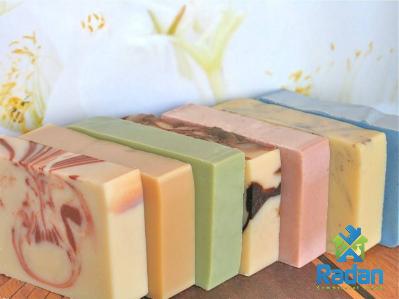
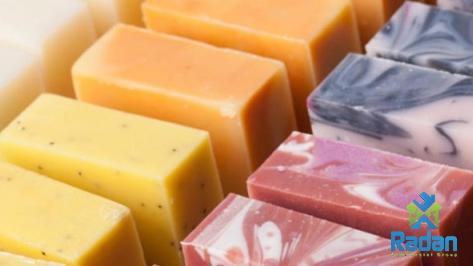
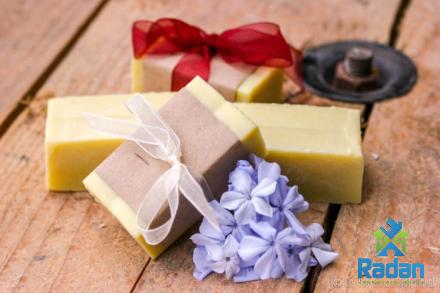
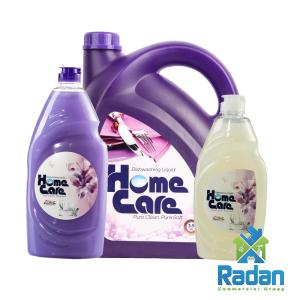
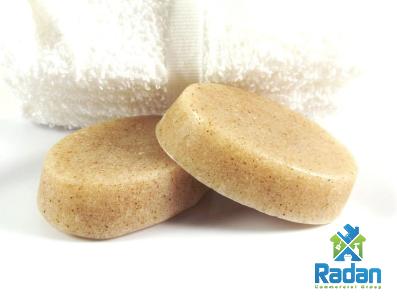
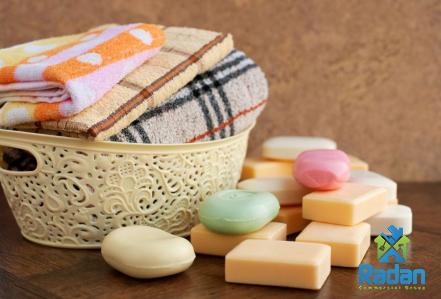
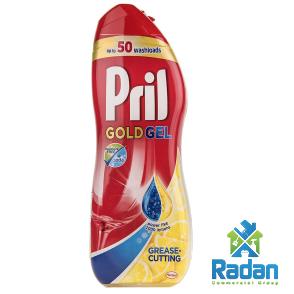
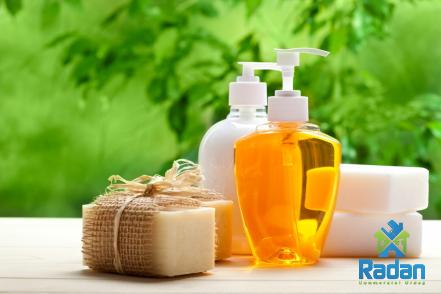
Your comment submitted.